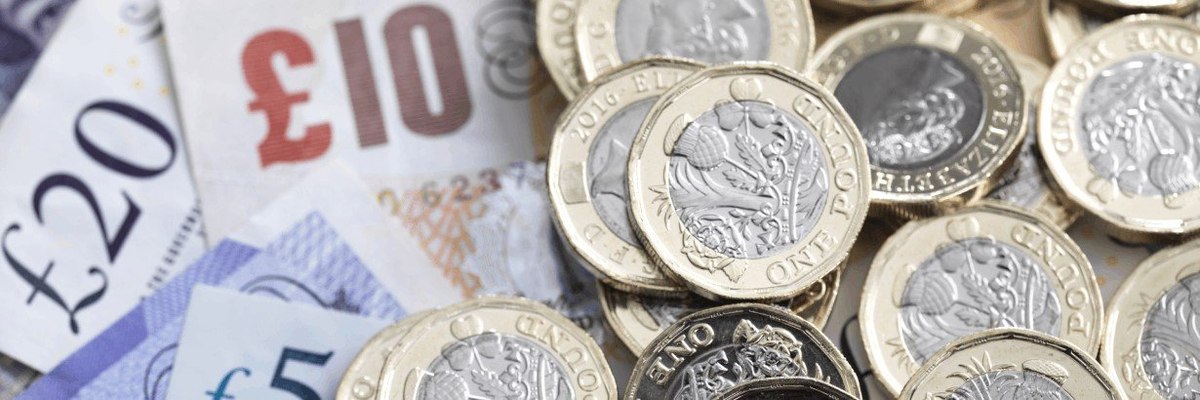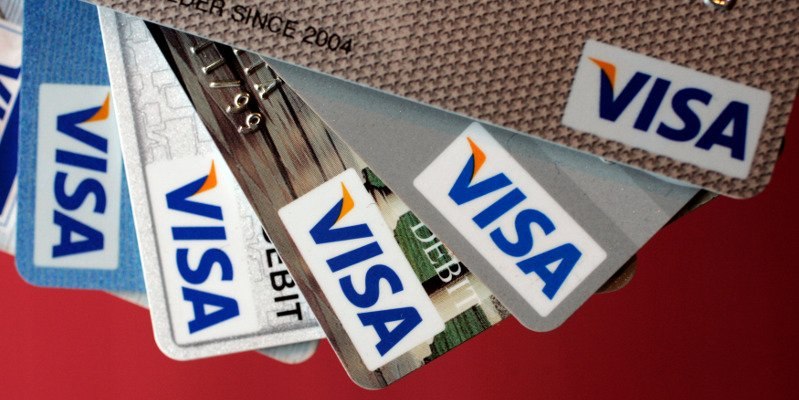
The future of financial services
Technology is rapidly changing consumer attitudes, behaviours, and preferences towards financial services – to the potential advantage of firms that can adapt, and the potential disadvantage of those that cannot. A new YouGov report – The Future of Financial Services: A Global Exploration of Evolving Trends in the Financial Services Industry – delves into this ever-changing landscape to understand what the public really think in 18 global markets.
Here's just some of what the report covers.
Cash remains the most common way to pay
Consumers are more likely than not to believe that physical currency is on the way out: across all 18 markets, nearly half (47%) say it’s headed for obsolescence, with just a fifth (22%) in dissent.
Nevertheless, it remains a popular payment option. Ask the global public how they’ve paid for things in the three months before being surveyed, and three in five (59%) will say they’ve used cash. If hard currency is on the way out, it is perhaps taking longer to die than expected.
But over half (52%) of global consumers also say they’ve made a contactless payment recently – so cash is not without competition. More than two in five (43%) also say they’ve received or made a payment from their bank account, or that they’ve made a payment using a digital wallet such as ApplePay or Alipay (42%).
A wider gap emerges when it comes to the next most popular options: just a quarter say they’ve made a contactless mobile payment (26%), or made/received a payment from a digital-only bank account (25%).
Perhaps reflecting the growing availability of these options, 15% of consumers say they’ve used a Buy Now Pay Later plan in the past three months, while 14% say they’ve traded stocks, shares or other investments using an app. Less than one in ten say they’ve owned or used cryptocurrency (8%), or made a sustainable investment (8%).
Looking at Buy Now, Pay Later schemes, uptake varies heavily from country to country.
Indonesian (27%), Mexican (24%), Indian (22%), Australian (22%), and Chinese (22%) consumers are most likely to avail themselves of the schemes, with Danish (7%), Italian (9%), Canadian (10%), and American (10%) consumers on the other end of the scale. So companies looking to introduce these credit options now know where they are already comparably popular – and where there might be more opportunity to introduce them to the public.
What motivates consumers to choose a financial company?
When it comes to picking a financial services provider, safety and security (61%) come top for global consumers, followed by lower fees (58%), solid customer service (57%), and good interest rates (50%).
Nearly half also say they want access to digital financial services (48%), while a quarter say a company’s ethics (27%), sustainability (24%), and incentives (23%) play a role. A common theme in many of these factors is trust – and it’s something that varies heavily depending on the financial provider in question.
None of the kinds of services we asked about command complete trust from a majority of consumers, but traditional banks (66%) and digital wallets (56%) are generally trusted by a majority.
Digital-only banks may face an uphill battle to win over customers: just 37% say they trust them, and 26% distrust them. It’s a similar story with Buy Now Pay Later companies (36% vs. 27%), sustainable investments (31% vs. 23%), and – by some distance – cryptocurrencies. Providers that deal with Bitcoin, Litecoin, Ethereum and others in the space are trusted by just 16% and distrusted by 52%. Even as cryptocurrency becomes more prominent, a majority of the global public remain suspicious of it.
For more detail on this and a range of other topics – including digital wallet adoption, the way consumers are rethinking the concept of money, and more on the changing financial landscape – download the full report here.































